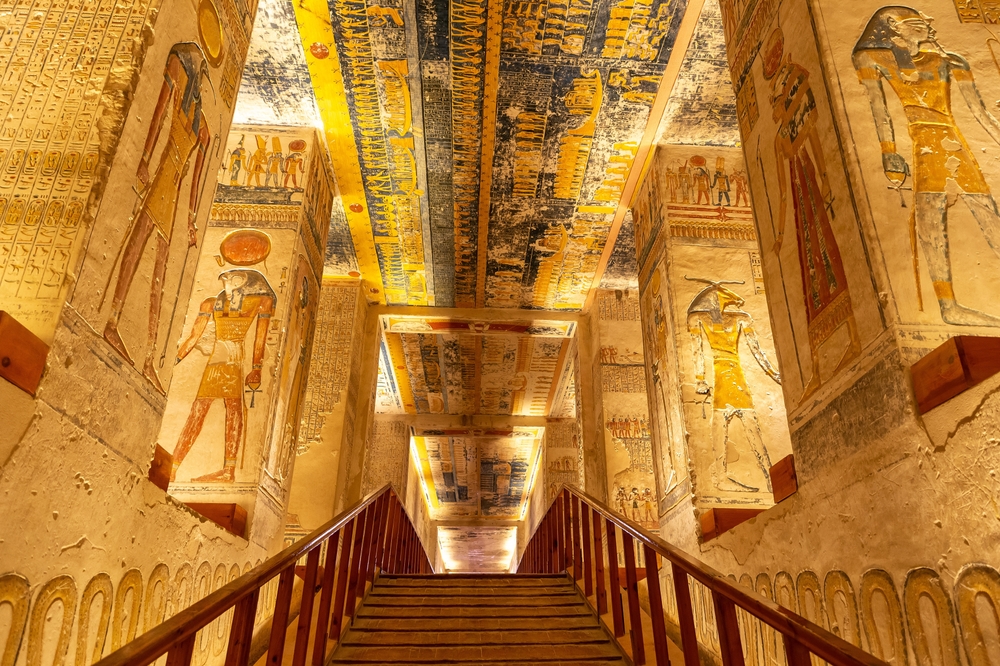Now Reading: Ancient Egyptian Art Reveals Early Awareness of the Milky Way
-
01
Ancient Egyptian Art Reveals Early Awareness of the Milky Way
Ancient Egyptian Art Reveals Early Awareness of the Milky Way

Fast Summary
- Ancient Egyptians were skilled astronomers, often depicting the cosmos in coffin artwork.
- A study published in The Journal of Astronomical History and Heritage suggests they may have recognized the Milky Way earlier than previously thought.
- the Egyptian sky goddess Nut is depicted as a star-covered woman arching over the Earth, playing a key role in cosmological mythology.
- Or Graur, an astrophysics professor at University of Portsmouth, analyzed 125 images from 555 coffins to identify patterns and anomalies in representations of Nut.
- A wavy line seen on Nut’s body in certain depictions resembles “The Great rift,” which cleaves the Milky Way and supports theories linking Egyptian mythological imagery to cosmic phenomena.
- Similar depictions are found both on Nesitaudjatakhet’s coffin and star-painted ceilings from tombs of Seti I and Ramesses IV, VI, IX.
- While only 25% of studied images present Nut as star-adorned, Graur reaffirms her association with celestial phenomena like stars, sun, and the Milky Way but stops short of equating her directly with them.
Indian Opinion Analysis
This study reveals how ancient civilizations used mythologies and artistic representation to develop an understanding of astronomical phenomena like the Milky Way-importent insights into human intellect preceding formal scientific methods. Such findings could inspire deeper exploration into parallel accomplishments by Indian astronomers such as Aryabhata or Varahamihira within India’s vast past contributions to astronomy like documenting eclipses or planetary movements.For India today-a country advancing its space programs-it signals opportunities for cultural resonance by acknowledging shared ancestral curiosity about space across civilizations while reaffirming humanity’s global inclination toward cosmic exploration.



























